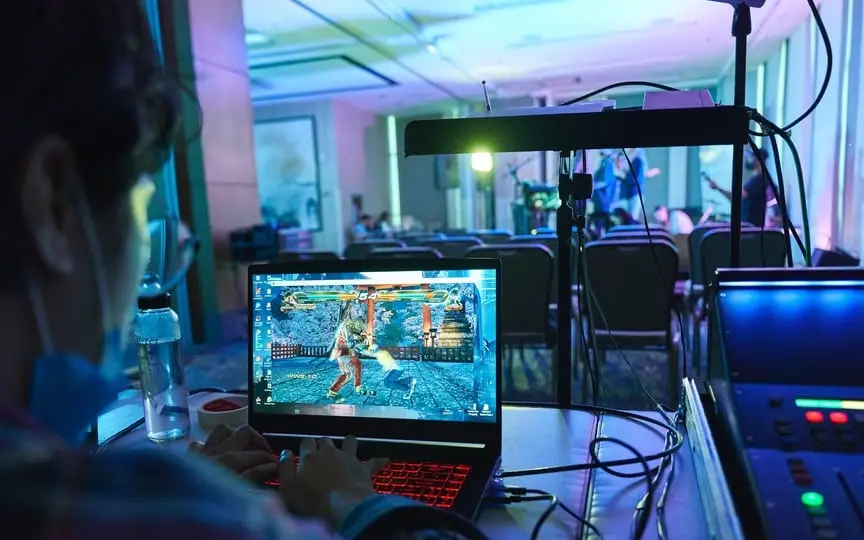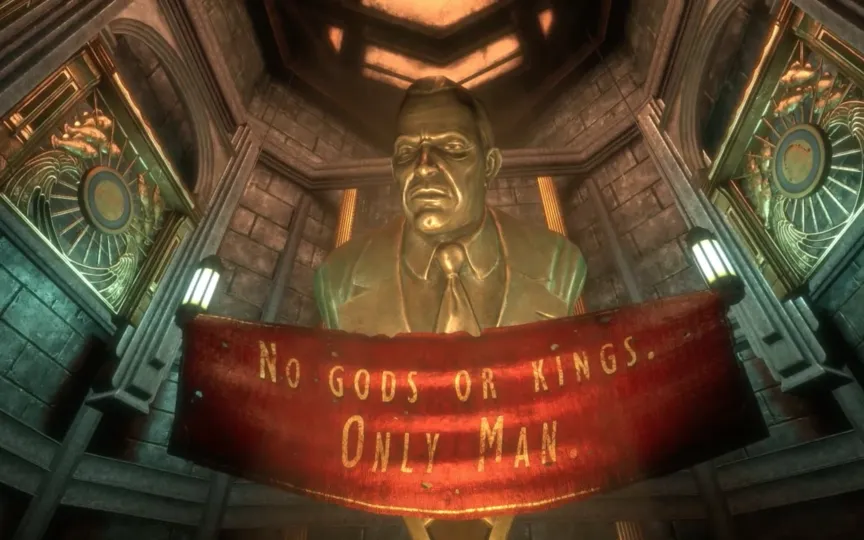YouTube Launches Interactive Gaming Experience ‘Playables’
Google-owned YouTube is venturing back into the gaming realm with a new feature called “Playables.” This comes after the discontinuation of its Stadia gaming service in January 2023. “Playables” are games that can be played directly on YouTube, whether using a computer or a mobile device. Google is currently testing this feature with a select group of users, who will find a dedicated section for these games on YouTube’s main page accessible on both computers and phones. The potential expansion of this feature to a wider audience remains uncertain. Nevertheless, Google’s renewed focus on the gaming industry indicates a serious effort to attract gamers to the platform.
One of the games you may see in the “Playables” section is Stack Bounce. In this game, you bounce a 3D ball to break through rotating layers of bricks. Stack Bounce has been in use on Google’s GameSnacks mini-game service since 2021. So if you like this game, you’ll probably want to try it out on YouTube, according to a TechCrunch report.
A spokesperson for YouTube said they have been interested in gaming for a long time. They’re always trying out new ideas, but so far they don’t have any big announcements.
YouTube’s role in the gaming world
YouTube is a popular place to watch others play games and stream their own gaming adventures. So this move into online gaming makes sense for the company. It’s all part of the CEO’s plan to continue growing, especially as they’ve seen advertising spending slow.
If you try these games on YouTube, you can also check your game history and save your progress in the “My Events” section.
This gaming experiment comes shortly after Google decided to shut down its Stadia gaming service because it didn’t become as popular as they had hoped. Stadia faced stiff competition from services such as Microsoft’s Xbox Cloud Gaming and Nvidia GeForce Now. According to the UK Competition and Markets Authority, Stadia had only a small share of the cloud gaming market in 2022, while Nvidia GeForce had a larger share of it.




